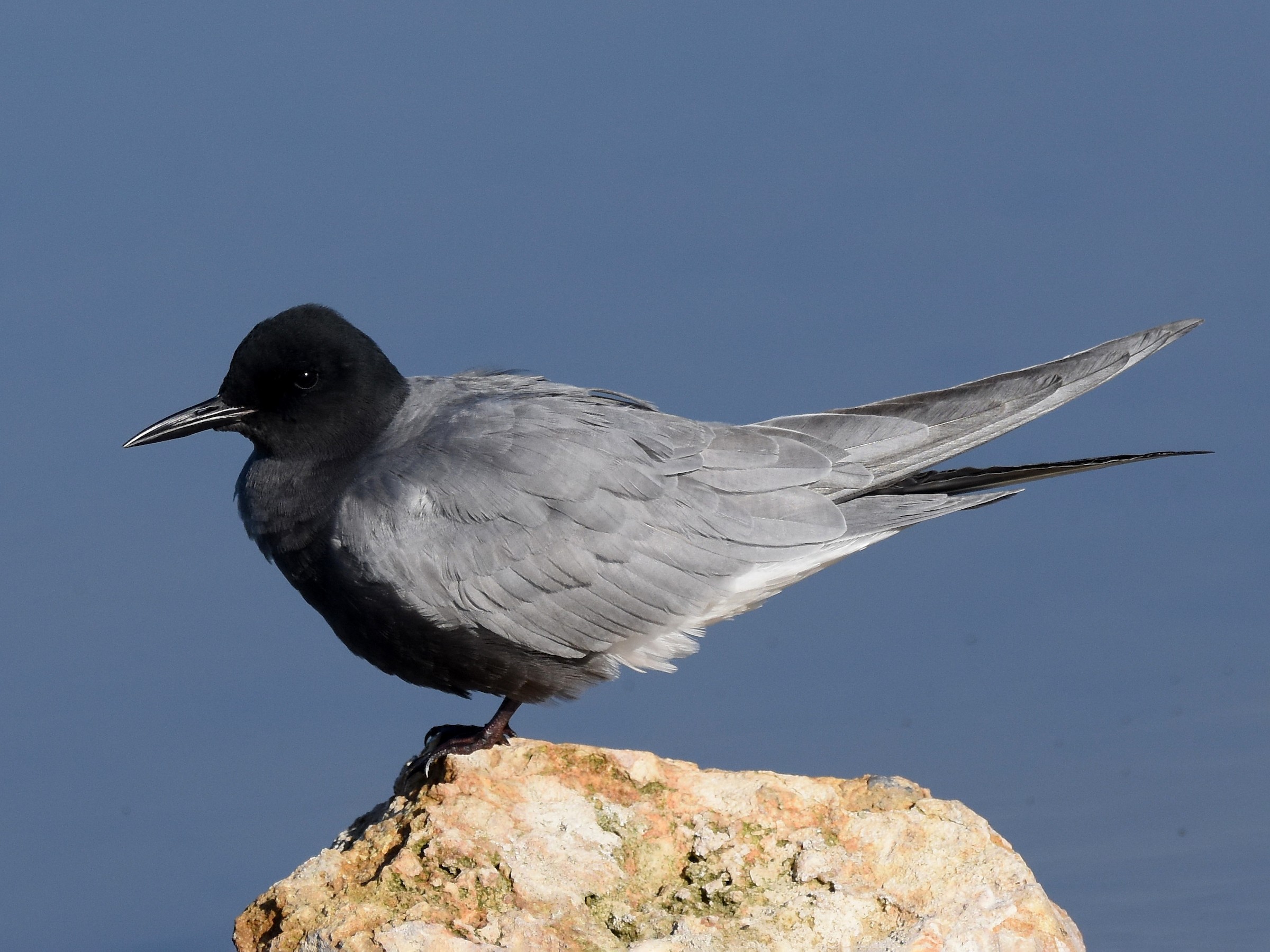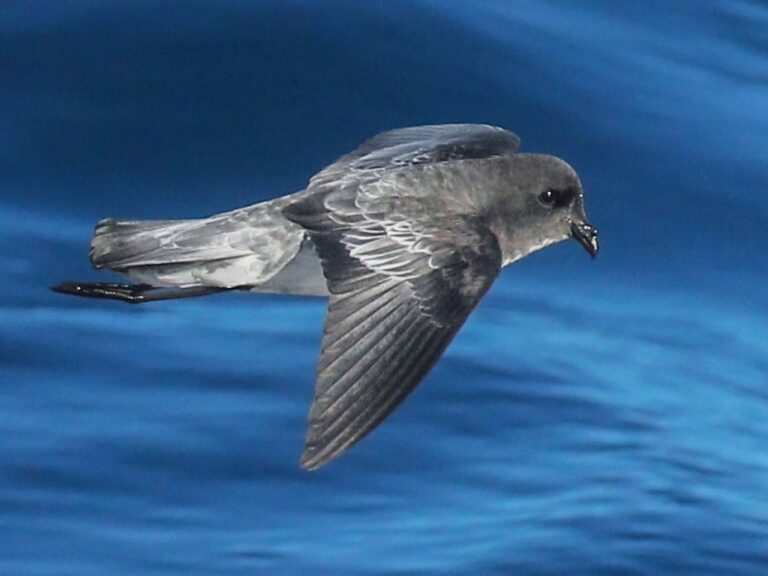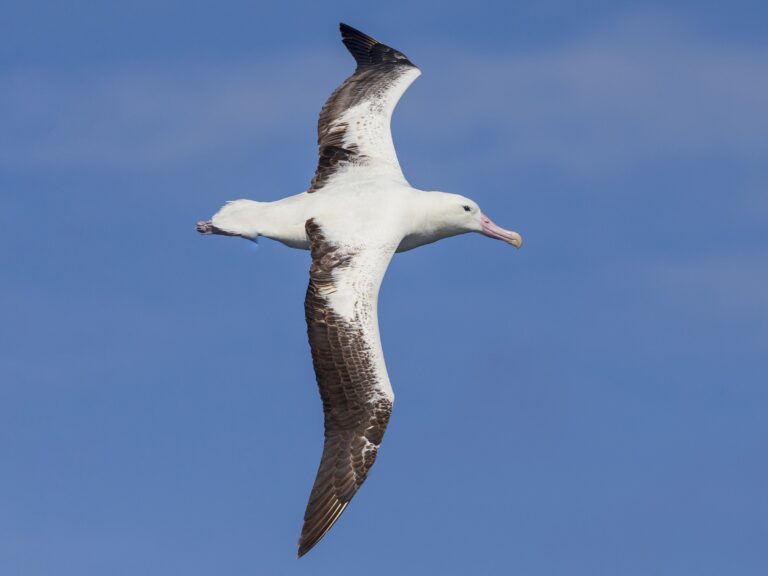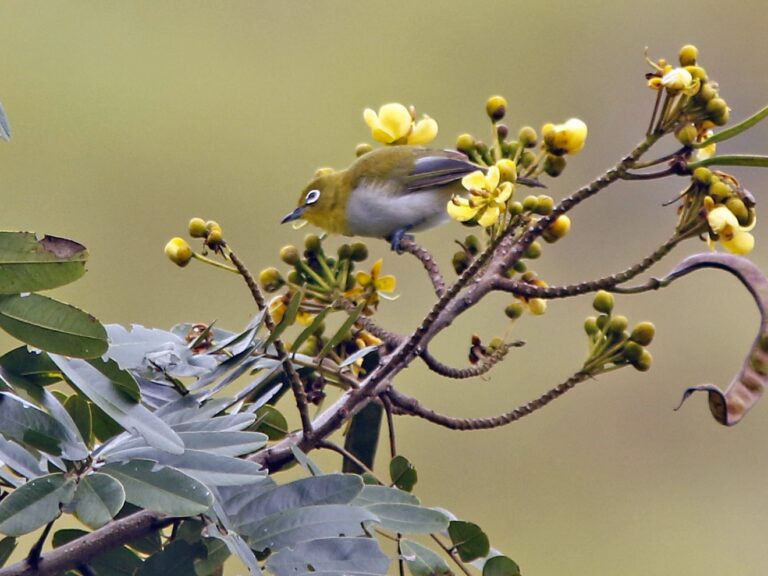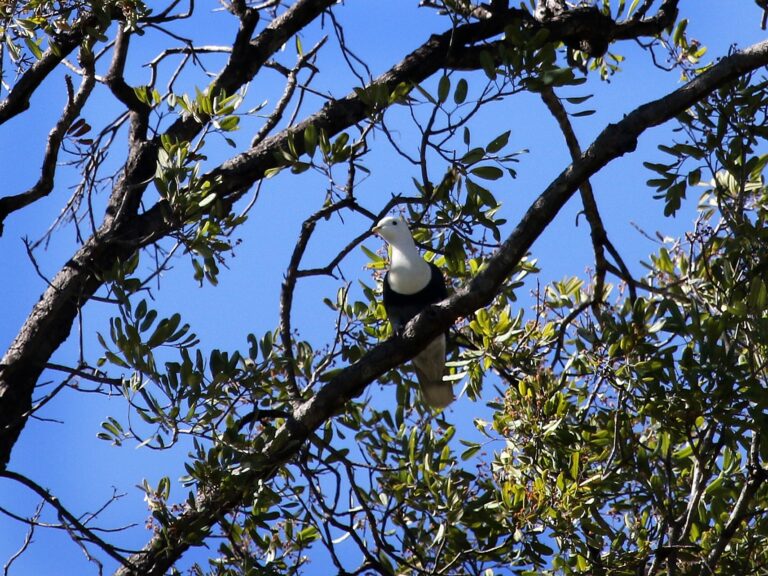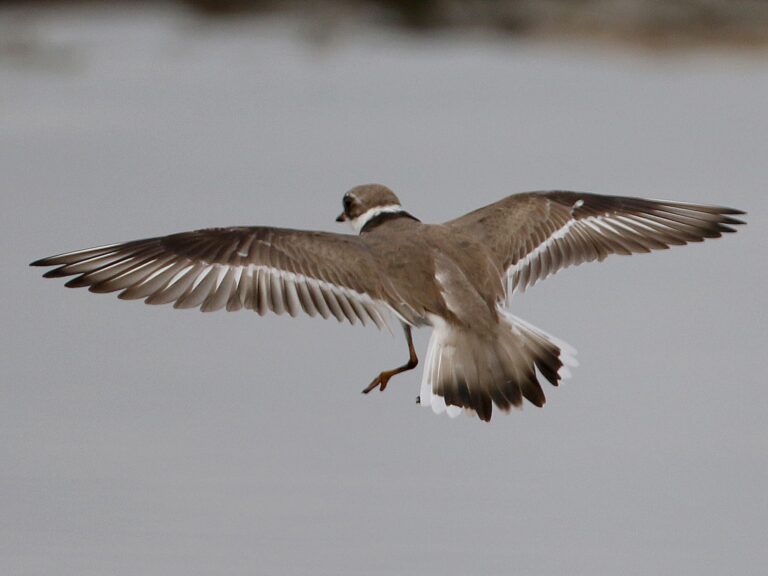Black Tern: A Comprehensive Guide to Identification and Habitats
The black tern, known scientifically as Chlidonias niger, is a fascinating bird that captivates birdwatchers and nature lovers alike.
The Black Tern is a remarkable bird that showcases unique behaviors and adaptations.
These fascinating Black Terns have a strong connection to their wetland habitats which play a crucial role in their lifecycle.
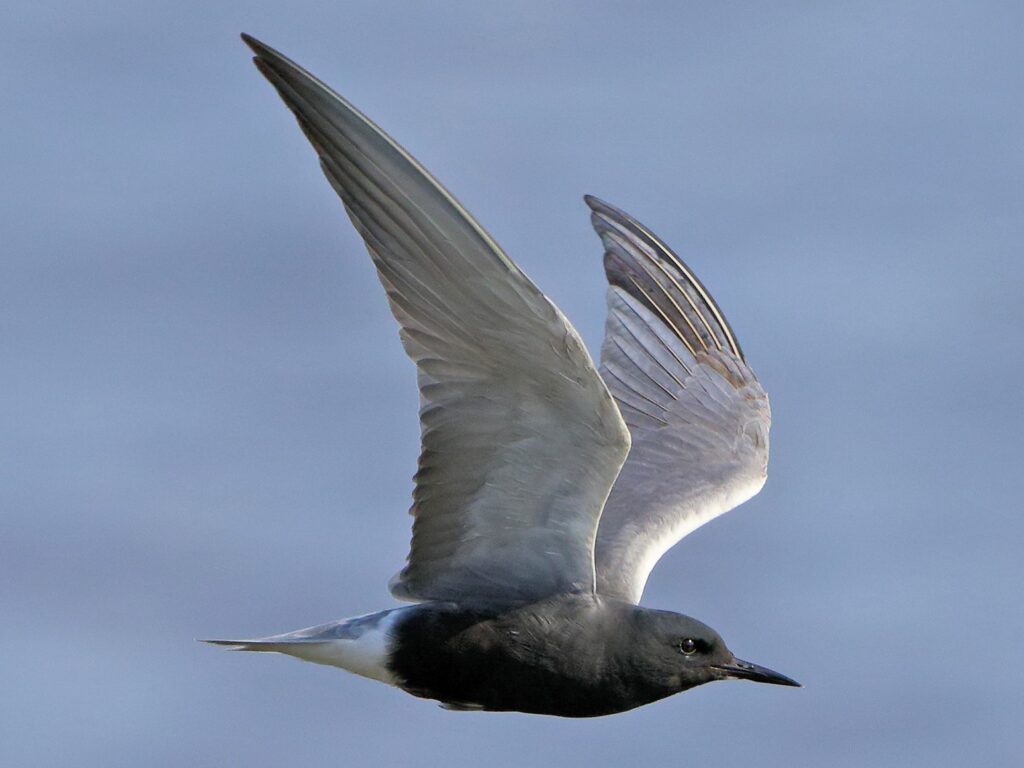
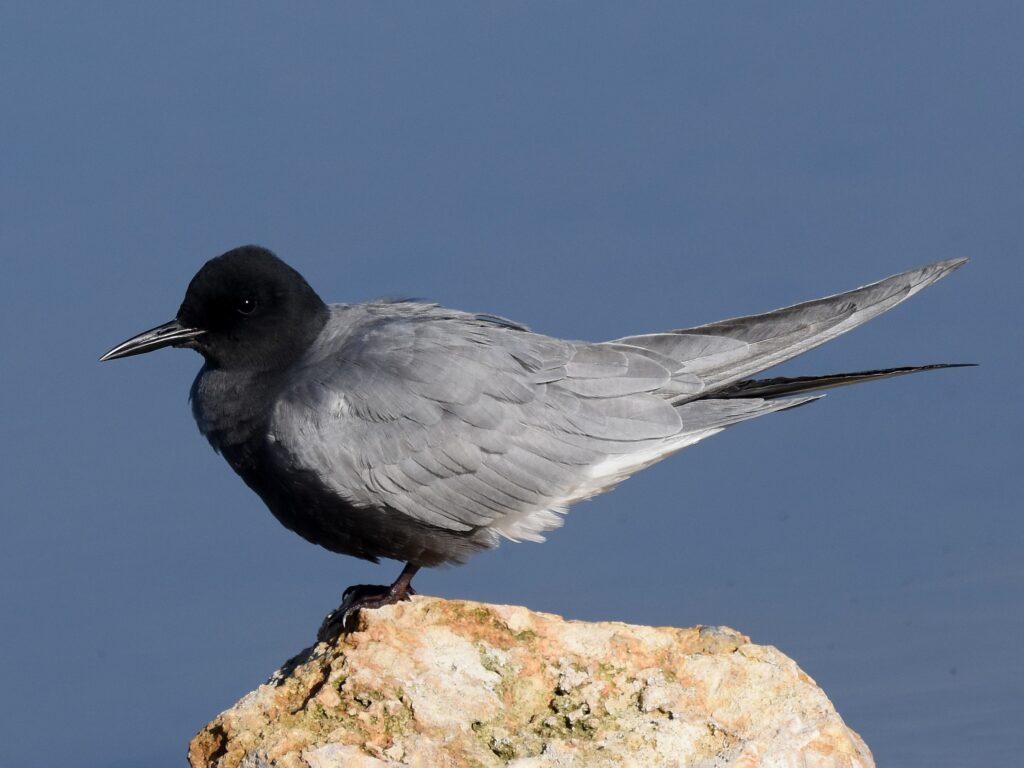
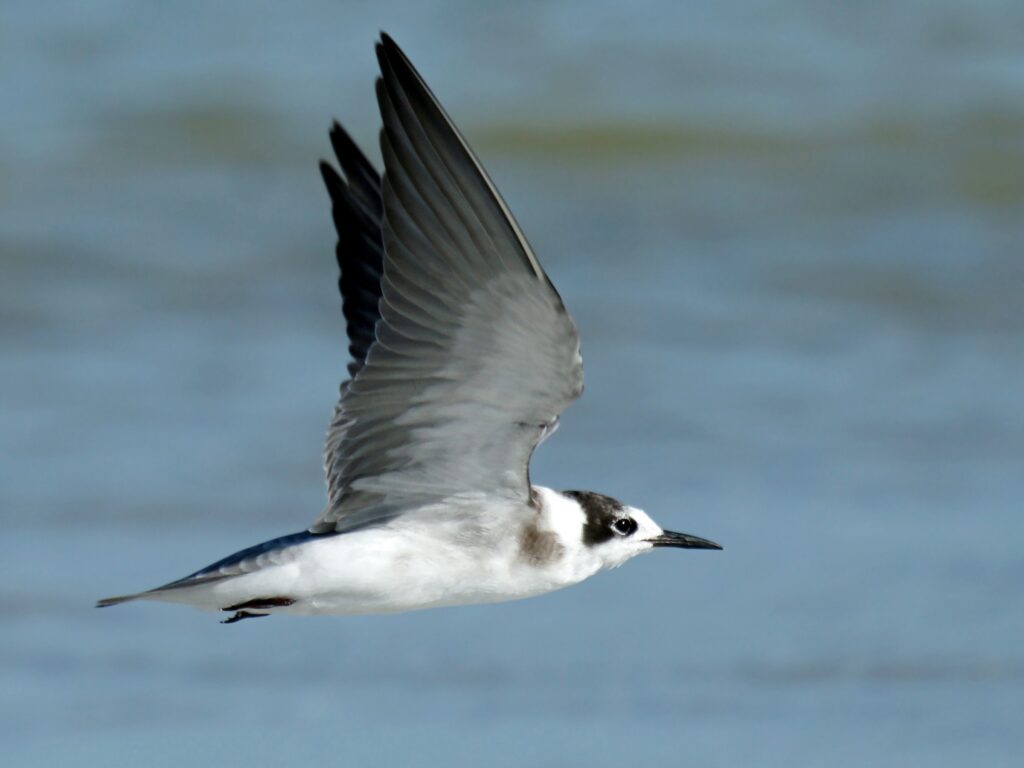
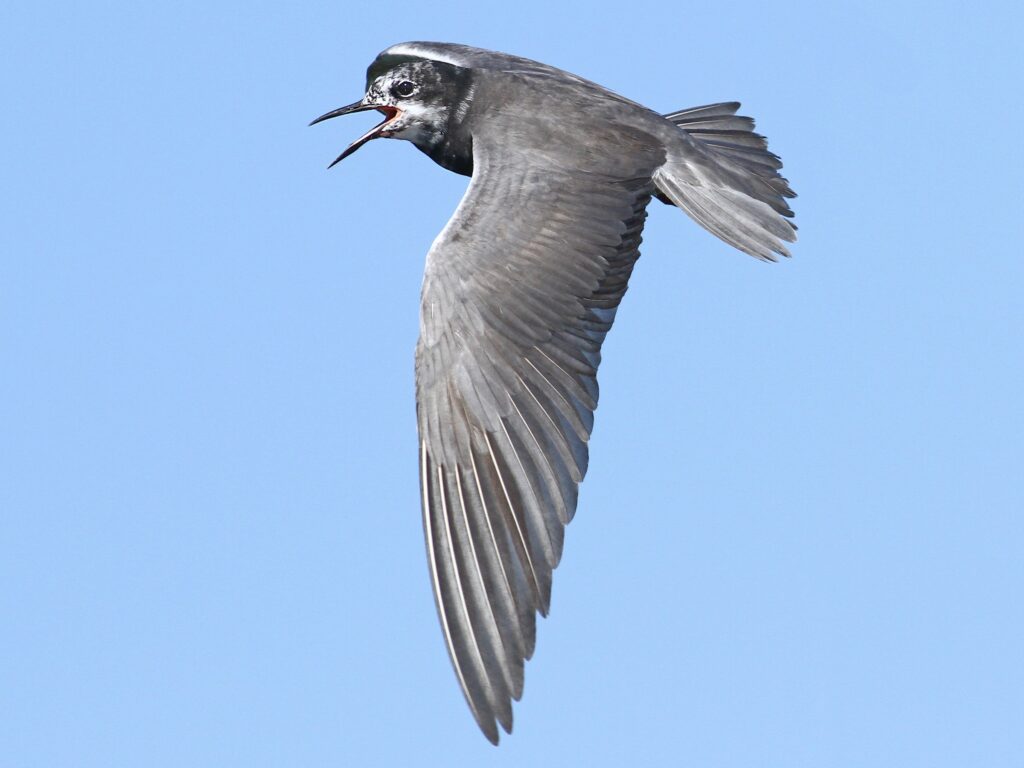
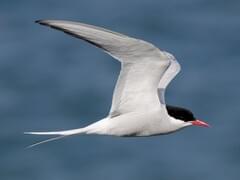
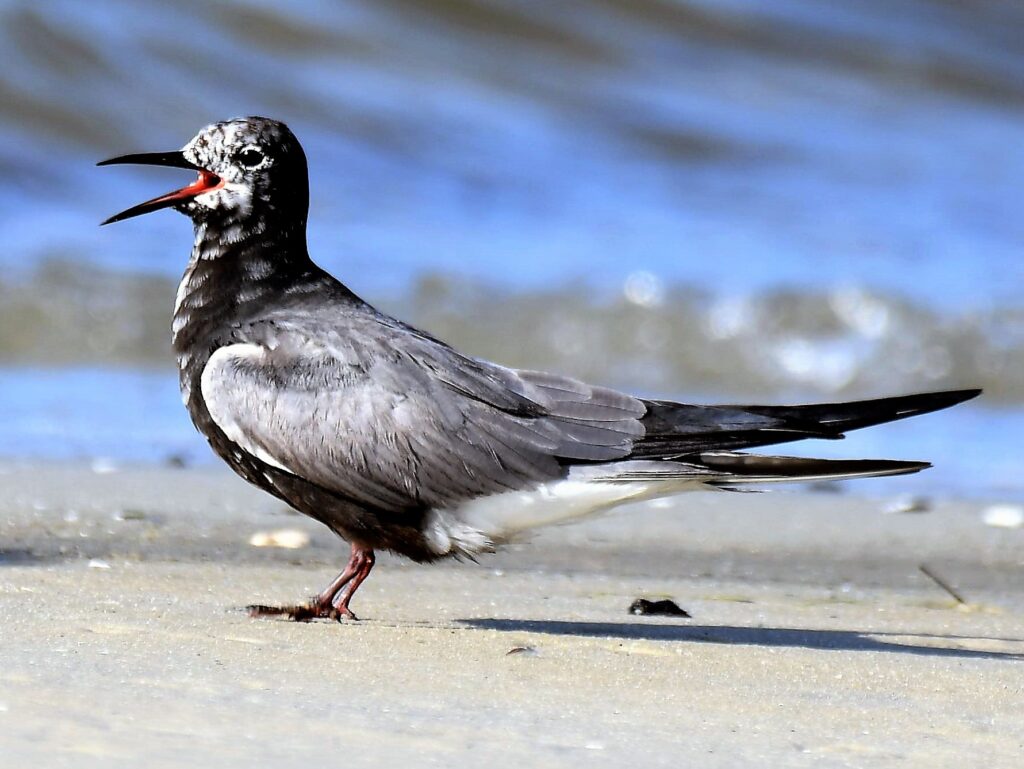
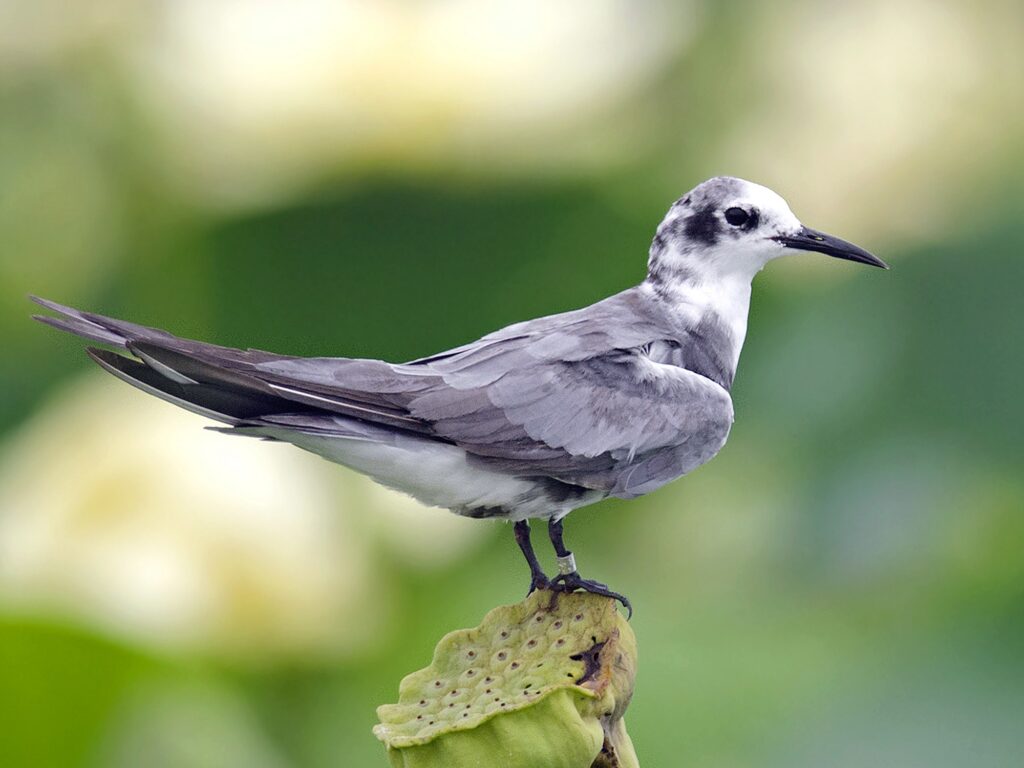

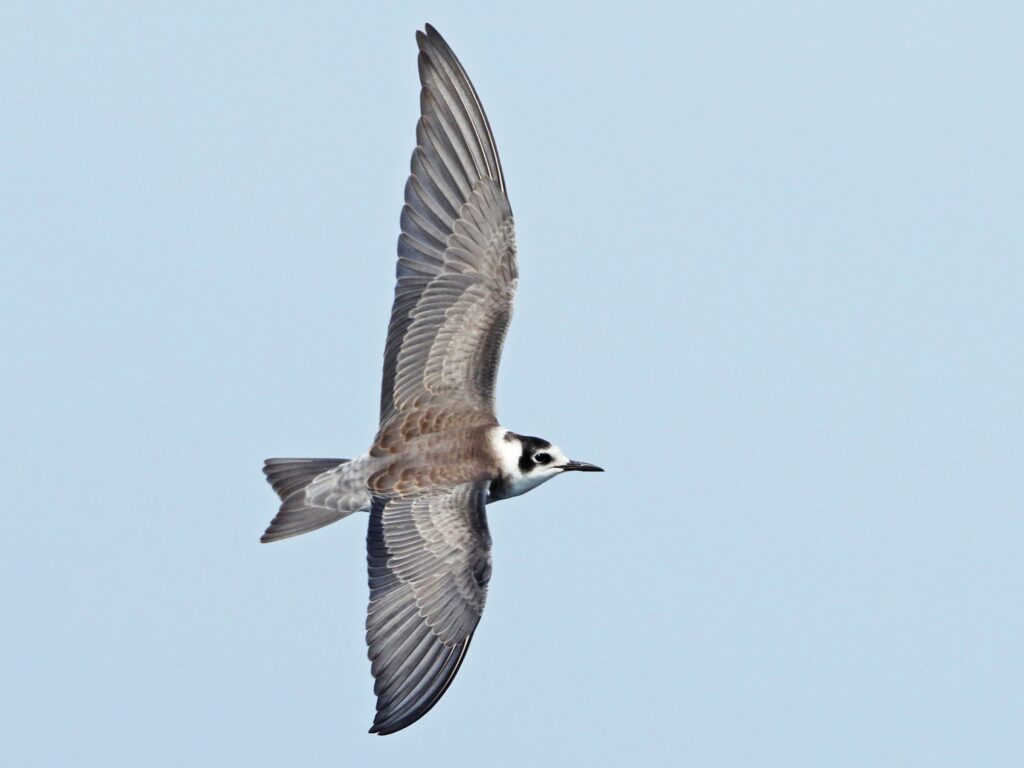

Observation of the Black Tern provides insights into the health of aquatic ecosystems.
The Black Tern’s plumage is not only beautiful but also serves important functions in mating displays.
During migration, the Black Tern navigates with incredible precision.
The Black Tern’s behavior is a testament to its adaptability in various environments.
Efforts to protect the Black Tern include habitat restoration and public awareness campaigns.
The Black Tern is also a crucial indicator of environmental health.
The black tern, also known as the Black Tern, is a fascinating bird that captivates birdwatchers and nature lovers alike.
During the summer months, the Black Tern thrives in freshwater marshes across North America.
Understanding the life cycle of the Black Tern can aid in developing effective conservation strategies.
The Black Tern’s striking black and silver plumage makes it stand out visually among other birds.
The Black Tern is known for migrating long distances to find suitable breeding and foraging habitats.
Black Tern displays interesting behaviors during migration, showcasing their agility while diving for fish and insects.
Understanding the habitat preferences of the Black Tern is vital for conservation efforts aimed at protecting them from habitat loss.
This small, graceful marsh tern thrives in freshwater marshes across North America during the summer months.
With its striking black and silver plumage, this bird not only stands out visually but also plays a crucial role in its ecosystem.
These terns are migratory, traveling long distances to find suitable breeding and foraging habitats.
As a migratory species, the Black Tern connects diverse ecosystems across its range.
They display interesting behaviors during migration and while hunting for food, often showcasing their agility while diving for fish and insects.
Understanding their habitat preferences and breeding practices is vital for conservation efforts aimed at protecting them from habitat loss and environmental changes.
Key Takeaways
- Black terns breed in freshwater marshes in North America.
- They migrate to seek suitable habitats for foraging and nesting.
- Conservation efforts are important to protect their natural environments.
The Black Tern belongs to the family Laridae, which includes gulls and other terns.
Taxonomy and Classification
Black Terns are primarily found in North America, particularly in wetlands and shallow water bodies for breeding.
The black tern is scientifically known as Chlidonias niger. It belongs to the family Laridae, which includes gulls and terns.
The classification of the black tern places it within the order Charadriiformes. This order comprises various bird families, mostly shorebirds and seabirds.
Chlidonias niger has several recognized subspecies. These subspecies show variations in plumage and habitat preferences.
Black terns are primarily found in North America and parts of Europe and Asia. They prefer wetlands and shallow water bodies for breeding.
The taxonomy of the Black Tern reflects its evolutionary relationships and adaptations within the family Laridae.
Taxonomic studies often look at molecular data to refine the classification of birds in the genus Chlidonias.
This research helps clarify relationships among species.
The current understanding confirms that black terns are distinct from other terns in their behavior and breeding patterns.
The Black Tern in breeding plumage has a shining black head that distinguishes it from other similar species.
They are often recognized by their unique black cap, slender body, and agile flight.
In summary, the black tern’s taxonomy reflects its evolutionary relationships and adaptations, highlighting its importance within the family Laridae.
Physical Description
The Black Tern is a distinct and elegant bird known for its striking features and graceful flight. This section outlines key aspects of its physical characteristics, focusing on plumage, size, shape, and bill and tail features.
The Black Tern measures about 9 to 12 inches in length and has a wingspan ranging from 24 to 28 inches.
Plumage and Molt
In breeding plumage, the Black Tern has a shining black head and a gray body that transitions to a lighter shade on its underparts. The breast is gray, while the wings are a darker gray with some white markings.
Outside of the breeding season, its head changes to a light gray with a darker line through the eye. Juveniles are different in appearance, sporting a more mottled brownish-gray plumage with a paler underbelly. This coloration helps them blend into their surroundings and avoid predators.
The molt process occurs annually, with feathers replaced gradually, ensuring they maintain proper flight capabilities throughout the year.
The Black Tern’s unique features make it a favorite among birdwatchers.
Size and Shape
The Black Tern is a medium-sized bird, measuring about 9 to 12 inches in length. It has a wingspan ranging from 24 to 28 inches, which is quite impressive for its size.
The Black Tern is known for its specific habitat needs during breeding and wintering seasons.
The body is sleek and streamlined, which aids in its agile flight.
The long, pointed wings and short, sturdy tail contribute to its distinctive silhouette. The overall shape allows for quick turns and maneuverability, helping it catch insects and fish while skimming the water surface during foraging.
Its body structure provides both strength and grace.
The primary breeding grounds for Black Terns are found in freshwater marshes with dense vegetation.
These habitats are crucial for raising Black Tern young, relying on the abundance of insects and small fish.
Bill and Tail Features
The bill of the Black Tern is thin and pointed, measuring approximately 1 inch in length.
Black Terns are often spotted along the continental coasts during their wintering season.
This shape is ideal for catching small fish and aquatic insects. The bill’s color is mostly black, which contrasts with its lighter body.
The tail is deeply forked, allowing for rapid flicks and options for precise aerial maneuvers. The tail features long, pointed feathers that assist in balancing during flight.
During the winter, the Black Tern migrates to warmer regions, primarily along coasts and in tropical areas.
This adaptability allows the Black Tern to thrive in changing environments.
Habitat and Range
Black terns (Chlidonias niger) are known for their specific habitat needs during both breeding and wintering seasons. Their range spans across North America and Europe, with preferences for certain wetland environments.
The Black Tern primarily feeds on insects and small fish, adapting its diet based on availability.
Breeding Grounds
The primary breeding grounds for black terns are found in freshwater marshes, lakes, and ponds. They prefer areas with dense vegetation, such as bulrushes and cattails, which provide shelter and nesting materials.
In addition to insects, Black Terns also consume small fish, hunting for them by diving into the water.
These habitats are crucial for raising their young, as they rely on the abundance of insects and small fish found in these regions.
In North America, the black tern population is particularly concentrated in the northern states and Canadian provinces during the breeding season.
Key areas include the Prairie Pothole Region, where numerous wetlands provide ideal nesting sites. Studies have shown that proper conservation of these habitats leads to higher nesting success rates for black terns.
Wintering Territories
During the winter, black terns migrate to warmer regions, primarily along coasts and in tropical areas.
Their wintering territories include coastal lagoons and estuaries in Central and South America as well as the Caribbean. Here, they find suitable feeding habitats rich in fish and invertebrates.
Understanding the nesting habits of Black Terns offers valuable insight into their reproductive process.
The range for black terns in winter extends across a wide geographic area; they are often spotted along the continental coasts.
Breeding pairs of Black Terns often defend their nesting areas to ensure the safety of their young.
Migration maps indicate they travel significant distances to find optimal wintering habitats.
Diet and Foraging
The black tern primarily feeds on insects and small fish. Their diet varies based on availability in their habitats.
Flying insects are a major food source. Black terns often forage near water surfaces where insects are abundant.
They skillfully catch insects while in flight or just before landing.
In addition to insects, black terns also consume small fish.
They typically hunt for fish by diving into the water from the air. This foraging behavior allows them to catch prey efficiently.
During feeding, they may also look for other small aquatic organisms. This includes ants and other similar insects. The presence of food can influence their foraging trips.
Black terns exhibit different foraging strategies based on their surroundings.
In some areas, they may focus on insect prey, while in others, they prioritize fish. Their adaptability in diet helps them thrive in various environments.
Reproduction and Lifecycle
Black terns have specific breeding habits that support their lifecycle. They typically breed in wetland areas during the summer months. Understanding their nesting habits, egg incubation, and chick development offers valuable insight into their reproductive process.
Nesting Habits
Black terns choose to nest in wetlands, often selecting dense vegetation to provide cover and safety from predators. They usually build their nests on floating mats of vegetation or in shallow waters.
Nests are constructed using grasses, reeds, and other plant materials.
Females may lay between 2 to 6 eggs. These nests are often well concealed, which helps protect the eggs and chicks.
Breeding pairs may be quite territorial. They defend their nesting areas from other birds and predators to ensure the safety of their young.
The Black Tern is currently facing significant conservation challenges, particularly in North America.
Egg Incubation
After laying eggs, the female black tern incubates them for about 20 to 23 days.
During this time, the male often assists by guarding the nest and bringing food to the female.
The incubation period is crucial for the development of the embryos within the eggs.
Both parents take turns incubating to keep the eggs warm and safe from the elements.
This shared responsibility helps improve the chances of survival for their developing young.
The parents must remain vigilant to protect the nest from threats such as predators and human disturbance.
Chick Development
Once hatched, the chicks are precocial, meaning they can leave the nest shortly after birth.
They are covered in down feathers and have the ability to swim soon after hatching.
The parents feed the young by bringing them food, mainly small fish and insects.
During the early weeks, the chicks require constant attention and protection from their parents.
As they grow, juvenile black terns gradually learn to fly. This development is critical for their survival.
They fledge and become independent after about 3 to 4 weeks, ready to navigate their environment.
Conservation Status
The black tern (Chlidonias niger) is currently facing significant conservation challenges. It is listed as a species of conservation concern in various regions, showing a decline in populations, particularly in North America.
IUCN Status:
The International Union for Conservation of Nature (IUCN) evaluates the black tern’s status and has categorized it as near threatened. This designation indicates that it may be on the brink of facing more severe threats if current conditions do not improve.
Key Threats:
Several factors contribute to the decline of black tern populations:
- Habitat Loss: The destruction of wetlands and fishing habitats significantly impacts their breeding and feeding areas.
- Overfishing: Reduced fish populations can affect the availability of food for black terns.
Conservation Efforts:
To protect the black tern, conservationists recommend:
- Restoring and preserving wetland habitats.
- Implementing sustainable fishing practices to ensure healthy fish populations.
These measures aim to mitigate threats and promote a stable environment for the black tern to thrive in.
Frequently Asked Questions
Black Terns rely on specific habitats and face various challenges in the wild. Understanding these aspects can help in their conservation.
Below are some common questions regarding their survival, characteristics, and threats.
What habitats are crucial for Black Tern survival?
Black Terns thrive in wetlands, particularly those with shallow water and abundant vegetation. They prefer areas with floating plants, as these provide essential nesting sites.
Marshes, lakes, and coastal areas are key habitats that support their breeding and feeding needs.
What physical characteristics distinguish Black Tern juveniles from adults?
Juvenile Black Terns present a more muted color compared to adults. They have a brown and white mottled plumage while adults display a striking black cap and white underparts.
As juveniles mature, their coloration transitions gradually toward the more vivid adult plumage.
How do Black Terns adapt during their migration?
During migration, Black Terns exhibit remarkable adaptability. They often adjust their feeding habits and travel routes based on available food sources and weather conditions.
These birds can navigate long distances between breeding and wintering grounds effectively.
What conservation efforts are in place for endangered Black Tern populations?
Various organizations implement conservation programs aimed at protecting Black Terns. These initiatives focus on habitat restoration, monitoring breeding colonies, and reducing human impact on wetlands.
Collaboration with local communities is important in increasing awareness and support for these efforts.
Can you identify differences between Black Terns and similar species?
Black Terns can be distinguished from similar species like the Common Tern by their darker plumage and unique nesting habits. Unlike Common Terns, Black Terns often nest in dense vegetation rather than on open ground.
This behavioral and physical difference helps in their identification.
What threats do Black Terns face in their natural habitats?
Black Terns face several threats that contribute to their decline.
Habitat loss from wetland drainage, pollution, and climate change pose significant risks.
Additionally, disturbances during the breeding season can lead to decreased nesting success and increased mortality among chicks.
